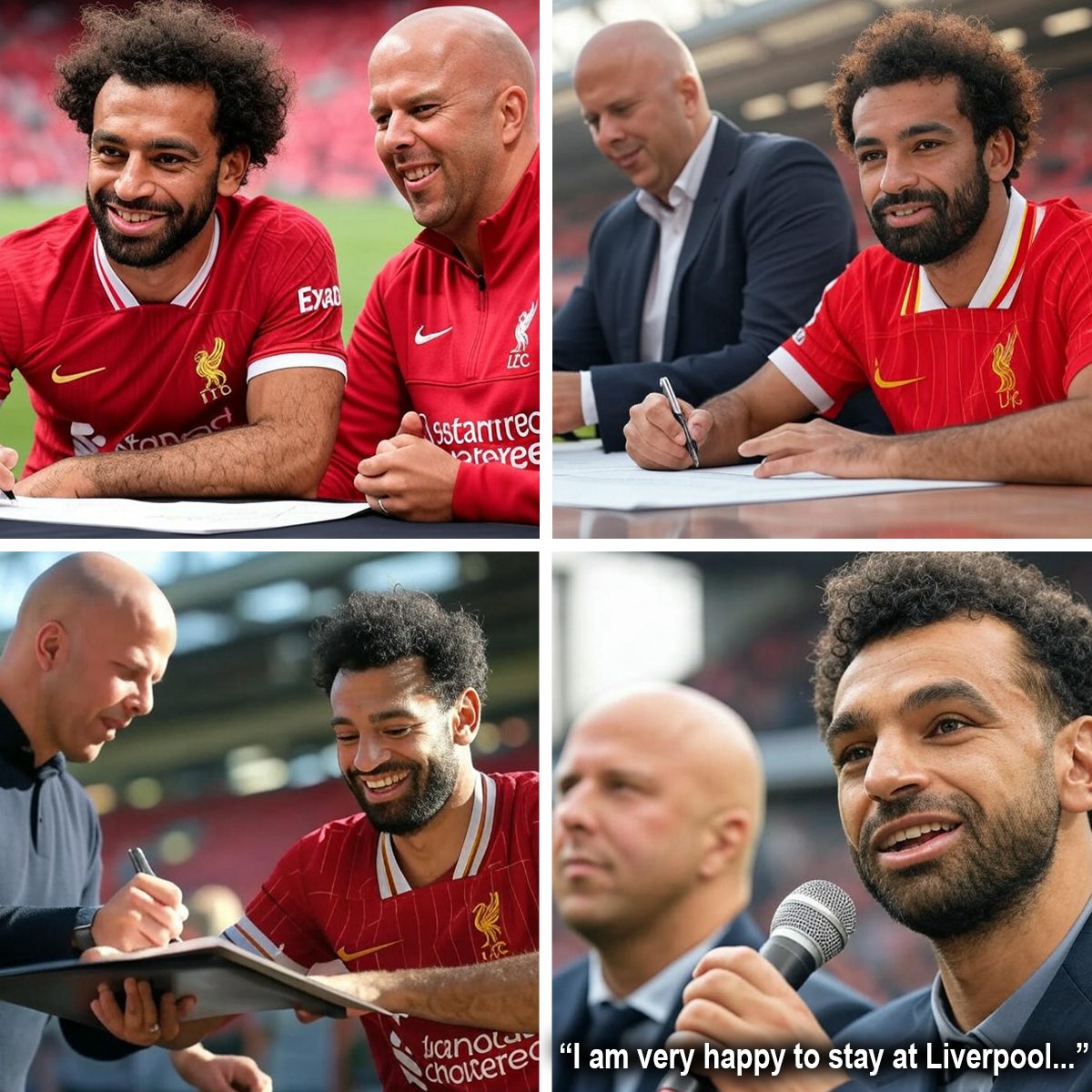Formula 1 has always been a demanding motorsport, with each race pushing the limits of both human and machine. Over the years, numerous F1 drivers have fallen victim to mechanical failures, accidents, and other issues that have led to Did Not Finish (DNF) results. Here, we analyze the top 15 reasons for DNFs in Formula 1 since 1950 and take a closer look at the top drivers affected by engine, accident, collision, and gearbox issues.
Top 15 Reasons for DNFs in F1
The image below outlines the most common causes of DNFs in F1 and the number of occasions they have occurred:
 Most common causes of DNFs in F1 History (1950-2025)
Most common causes of DNFs in F1 History (1950-2025)
Mechanical failures, particularly engine-related issues, top the list with a staggering 2,026 occurrences. Let’s delve deeper into the four most notable causes: engine, accidents, collisions, and gearbox issues.
1. Engine Failures
Engines are the heart of Formula 1 cars, and over time, they’ve been responsible for the highest number of DNFs. With 2,026 cases, engine failures highlight the grueling demands of F1 racing. Certain drivers have had more than their fair share of engine troubles:
-
Riccardo Patrese: 36 engine-related DNFs
-
Michele Alboreto: 36 engine-related DNFs
-
Andrea de Cesaris: 32 engine-related DNFs
-
Mika Häkkinen: 24 engine-related DNFs
-
Nigel Mansell: 22 engine-related DNFs
These drivers often raced during eras when engine reliability was not as robust as it is today, contributing to the high number of failures.
2. Accidents
Accidents are another significant cause of DNFs, with 1,062 recorded instances. High-speed crashes and driver errors are often to blame, and some drivers are more frequently associated with accident-induced retirements:
-
Hans-Joachim Stuck: 18 accident-related DNFs
-
Clay Regazzoni: 17 accident-related DNFs
-
Vittorio Brambilla: 15 accident-related DNFs
-
James Hunt: 14 accident-related DNFs
-
Patrick Depailler: 12 accident-related DNFs
Many of these drivers competed in an era when safety standards were far less advanced than today, making accidents more frequent and often more severe.
3. Collisions
Collisions between cars during races are another major contributor to DNFs, with 854 instances. Intense battles for position, particularly in tight corners, have led to some notable names experiencing frequent collision-related retirements:
-
Michael Schumacher: 16 collision-related DNFs
-
Jean Alesi: 16 collision-related DNFs
-
Giancarlo Fisichella: 16 collision-related DNFs
-
Jarno Trulli: 16 collision-related DNFs
-
Rubens Barrichello: 15 collision-related DNFs
These drivers raced during highly competitive eras, where wheel-to-wheel racing often resulted in unfortunate contact.
4. Gearbox Issues
Gearbox reliability has significantly improved over the years, but it was once a common issue, with 810 DNFs attributed to it. Drivers most affected by gearbox failures include:
-
Andrea de Cesaris: 19 gearbox-related DNFs
-
Rubens Barrichello: 15 gearbox-related DNFs
-
Johnny Herbert: 13 gearbox-related DNFs
-
Riccardo Patrese: 12 gearbox-related DNFs
-
David Coulthard: 12 gearbox-related DNFs
These failures often occurred during demanding races where the gearbox was under significant stress, especially on circuits with frequent gear changes.
Conclusion
The statistics reveal how challenging Formula 1 has been throughout its history. While advancements in technology and safety have reduced DNFs due to mechanical failures and accidents in recent years, these issues remain a defining aspect of the sport. By analyzing the causes and drivers most affected, we gain a deeper appreciation for the complexities of F1 racing.
Do you have a favorite DNF story or a moment that stands out? Share your thoughts below!

